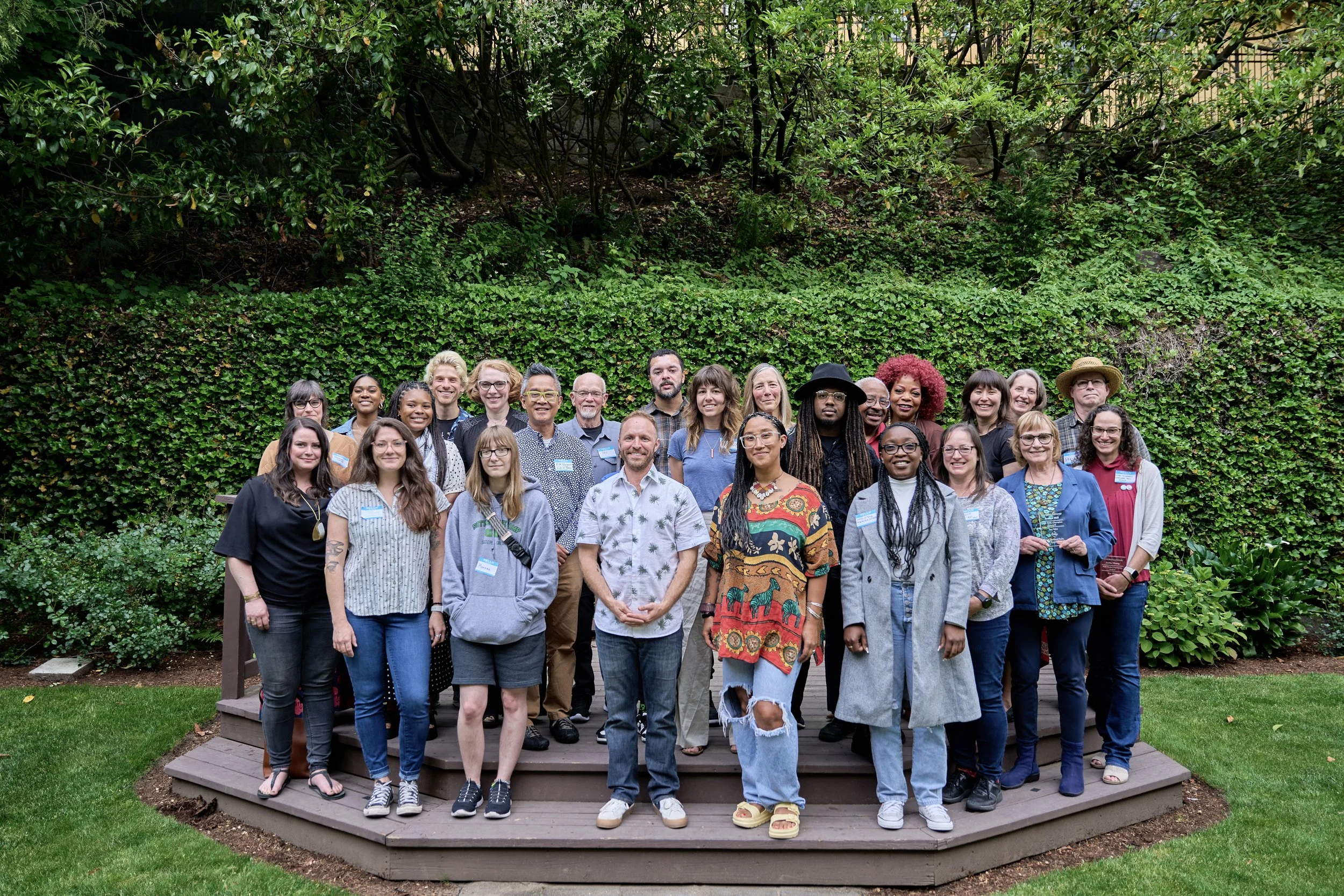PPF Board Member Charlie Baker playing baseball at Scavone Field in Westmoreland Park. Charlie is a supporter of recreation both at work at Nike and at play where he participates in a championship-winning local baseball team.
May is National Fitness Month and it only takes a moment in Portland’s parks to see their importance in our exercise routines. On one sunny evening this spring a stroll into to my neighborhood park looked like an introduction scene from a fitness video. People were walking dogs, playing basketball, jogging, stretching, and children were biking and playing on the playground structure.
When it comes to providing safe places for youth to exercise, parks are an especially important resource in our city. Many studies have found that if children have easy access to safe parks and playgrounds, they are more likely to engage in physical activity and less likely to be overweight.
The Office of Disease Control and Health Promotion states that youth should get 1 hour of moderate to vigorous physical activity per day. Unfortunately, today many children aren’t getting the exercise they need and about 12.7 million children in America are overweight or obese.
One of PPF’s board members, Charlie Baker, can testify to the powerful role parks have made in his pursuit of life-long fitness and recreation. “I’ve been an athlete my entire life. The very first place I learned to play tee-ball was in a park. In fact, I still play baseball 40+ years later at places like Lents Park, Gabriel Park, and Pier Park.”
Unfortunately, some areas of east and northeast Portland still lack a fully developed park within reasonable walking distance, and many streets still do not have sidewalks for children to get to park locations. As a 2014 Portland Parks & Recreation press release stated, “Two out of every five households in this part of town do not have easy access to a City of Portland park, in stark contrast to the rest of Portland where four out of every five households live within a half-mile of a park or natural area. . . Demand for recreational services is high, and closing this “play gap” is a priority for Portland Parks & Recreation and Commissioner Fritz.”
The path forward seems simple. As Charlie puts it, “If you have a body, you are an athlete. . . athletes need safe and well maintained places to play.” The current effort to help build Cully Park by our nonprofit partner Verde is a good example of what we can do to help children access the recreational opportunities they need to stay healthy. The Portland Parks Foundation is committed to help fundraise to build Cully Park and we look forward to partnering further with park supporters until every Portland child can access the outdoor recreation they need.


























